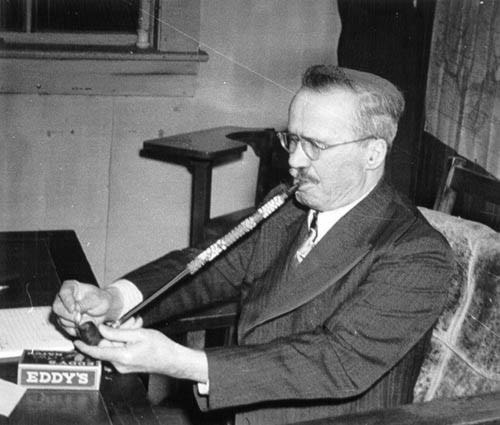The municipal election that took place in January of 1937 was both interesting and informative.
There was a hot contest for the reeve’s chair and with the exception of one ward, lively contests in the other four.
The five wards were:
• Ward 1 – Hammond;
• Ward 2 – West Haney and Yennadon;
• Ward 3 – East Haney, Yennadon and Webster’s Corners;
• Ward 4 – Albion and South Webster’s Corners;
• Ward 5 – Whonnock and Ruskin.
The reeve and school board were elected ‘at large,’ but there were separate contests within each ward for that ward’s council seat.
In Ward 1 that year, there was no competition for Coun. Fairweather, so he was returned by acclamation.
The 1936 council year had seen a lot of controversy. Road building and hard-surfacing were serious issues facing all wards and there was competition between them for scarce dollars in those depression years.
The downloading of costs related to the Depression – particularly those having to do with welfare payments and make-work projects – by the federal and provincial governments on to municipal councils, was a constant pressure and source of complaint by those who thought the welfare should be more substantial.
Taxation was a chronic issue then as now.
In those days, farms were taxed at the same rate as city land, so the more land you owned, the more tax you paid.
Farmers who were making a low rate per acre on their production looked with envy on the person in town with just a small lot with a store on it.
Until the point was reached where farmland was taxed at a different rate, it was exceedingly difficult to get any infrastructure spending approved.
During the Depression, the farmers were constantly demanding tax reductions.
Finally, there was a painful episode involving the local police chief that resulted in his firing and his replacement by constables from the B.C. Provincial Police.
There were those, including James Cameron – Sol Mussallem’s competition for the reeve position – who thought that a matter as important as policing should have been taken to the public as a referendum.
This certainly has echoes today as some feel we would be better served with more frequent direct questioning of the electorate.
Mussallem countered with a statement to the effect that making such decisions was precisely what the municipal council had been elected for and that the public input would happen at the upcoming election. Again, no different from the counter argument made today.
However, one point of difference is that in the 1930s, municipal elections took place every year, so that if the community was dissatisfied, it needn’t be dissatisfied for long.
After two weeks of vigorous campaigning, the election was held. It was hailed as the greatest turnout of voters that Maple Ridge had ever seen, though the newspaper just reported raw numbers and no hint is given of percentage of eligible voters.
The population was between 5,000 and 6,000 and there were 1,044 votes cast for the reeve, though it is difficult to say how many were not eligible to vote due to age or ethnicity.
Probably the most interesting part of the story is that after all the accusations and mud-slinging, absolutely nothing changed with the election.
Mussallem was returned for a seventh term and all of his 1936 council was returned with him.
Newspaper clipping: Front page of the Gazette one week after the beginning of the two week campaign.
Contributed by
Maple Ridge Museum
